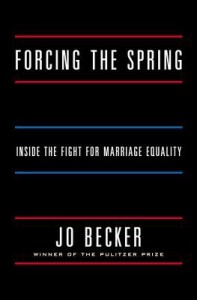 Format read:
Format read: ebook borrowed from the library
Formats available: Hardcover, paperback, ebook, audiobook
Genre: Politics, History
Length: 480 pages
Publisher: Penguin
Date Released: April 22, 2014
Purchasing Info: Author’s Website,
Publisher’s Website,
Goodreads,
Amazon,
Barnes & Noble,
Kobo,
Book Depository
A tour de force of groundbreaking reportage by Pulitzer Prize–winning journalist Jo Becker, Forcing the Spring is the definitive account of five remarkable years in American civil rights history: when the United States experienced a tectonic shift on the issue of marriage equality. Beginning with the historical legal challenge of California’s ban on same-sex marriage, Becker expands the scope to encompass all aspects of this momentous struggle, offering a gripping behind-the-scenes narrative told with the lightning pace of the greatest legal thrillers.
For nearly five years, Becker was given free rein in the legal and political war rooms where the strategy of marriage equality was plotted. She takes us inside the remarkable campaign that rebranded a movement; into the Oval Office where the president and his advisors debated how to respond to a fast-changing political landscape; into the chambers of the federal judges who decided that today’s bans on same-sex marriage were no more constitutional than the previous century’s bans on interracial marriage; and into the mindsets of the Supreme Court judges who decided the California case and will likely soon decide the issue for the country at large. From the state-by state efforts to win marriage equality at the ballot box to the landmark Supreme Court case that struck down a law that banned legally married gay and lesbian couples from receiving federal benefits, Becker weaves together the political and legal forces that reshaped a nation.
Forcing the Spring begins with California’s controversial ballot initiative Proposition 8, which banned gay men and lesbians from marrying the person they loved. This electoral defeat galvanized an improbable alliance of opponents to the ban, with political operatives and Hollywood royalty enlisting attorneys Ted Olson and David Boies—the opposing counsels in the Supreme Court’s Bush v. Gore case—to join together in a unique bipartisan challenge to the political status quo. Despite stiff initial opposition from the gay rights establishment, the case against Proposition 8 would ultimately force the issue of marriage equality all the way to the Supreme Court, transforming same-sex marriage from a partisan issue into a modern crisis of civil rights. Based on singular access to the internal workings of this momentous trial—and enlivened by original interviews with the participants on both sides of the case, many speaking for the first time—Forcing the Spring is at once an emotion-packed tale of love and determination as well as an eye-opening examination of an evidentiary record that federal courts across the nation are now relying on to strike down bans similar to California’s.
Shuttling between the twin American power centers of Hollywood and Washington—and based on access to all the key players in the Justice Department and the White House—Becker offers insider coverage on the true story of how President Obama “evolved” to embrace marriage equality, his surprising role in the Supreme Court battle, and the unexpected way the controversial issue played in the 2012 elections.
What starts out as a tale of an epic legal battle grows into the story of the evolution of a country, a testament and old-fashioned storytelling to move public opinion. Becker shows how the country reexamined its opinions on same-sex marriage, an issue that raced along with a snowballing velocity which astounded veteran political operatives, as public opinion on same-sex marriage flipped and elected officials repositioned themselves to adjust to a dramatically changed environment. Forcing the Spring is the ringside account of this unprecedented change, the fastest shift in public opinion ever seen in modern American politics.
Clear-eyed and even-handed, Forcing the Spring is political and legal journalism at its finest, offering an unvarnished perspective on the extraordinary transformation of America and an inside look into the fight to win the rights of marriage and full citizenship for all.
My Review:
I know that this is non-fiction, but it reads like a legal thriller. Even though the reader knows how the story ends, the “you are there” style of following the action keeps the reader on the edge of their seats all the same.
In light of the recent Supreme Court ruling (or lack thereof) that legalized same-sex marriage in nine states, and U.S. District Appeals Court decisions the following day legalized the institution in five more, it seemed like a terrific time to take a look at the case that started the current trend towards marriage equality.
While Forcing the Spring is about a true-life case, it also seemed like an appropriate choice for Queer Romance Month, as it is a story about real same-sex couples searching for their happy ever after.
As I write this, the majority of U.S. states now recognize same-sex marriage, and the majority of the population of the U.S. lives in a state where it is legal.
On that infamous other hand, three of the seven states in which I have lived do not recognize same sex marriage. While this might not affect me personally, it does affect friends and loved ones.
And it is simply wrong. If the ability to procreate were a pre-requirement for marriage, my own marriage would be equally invalid. That may not give you chills but it certainly does me.
I also realized that saying it does not affect me personally is also wrong. No one is an island. The reduction or disavowal of fundamental rights for one group, for any group, because of an inherit characteristic of the members of the group leaves open the door that the rights of any group can be so diminished.
This book goes back to the beginning of the Prop 8 case, and reminds us just how difficult it can be to expand civil rights in this country. Equality under the law is not the same thing as functional equality, but it certainly has the power to move hearts and minds.
Which is what this book is all about. The moving of hearts and minds in the members of the courts of the U.S., of the general public, and even of the gay rights supporters who thought that this case was too much, too soon and might result in a setback in their overall goal of equal rights.
Two couples and a team of lawyers decided to push the case in spite of initial opposition. Marriage is a fundamental right, and every adult deserves the possibility of marrying the person that they love. (Finding that person is just as difficult as it ever was for all of us.)
The case began in California, after the passage of Prop 8. Prop 8 was an avowedly hate-based campaign to take away the rights of same-sex couples to marry that had been won in court. While Prop 8 barely passed, 52% for vs. 48% against, it marked yet another campaign where same-sex marriage had been beaten in the polls.
But the original merits of the case that had won the right in the first place were still valid. So the case was strategized and brought to trial; whether Prop 8 and the hate it espoused were constitutional; and whether the state had any rational justification for the law.
All the legal arguments, counter-arguments, setbacks and steps forward are outlined in the book in a narrative that explains both the law and the consequences for those who fought, and for those who waited and watched.
In the years between the initial filing of the suit and the final Supreme Court case, the universe changed. Because the plaintiffs didn’t just prove that there was no rational basis for the ban, but that there was no reason for it other than hate.
The line between Loving v. Virginia (the case that declared all the bans against interracial marriage were unconstitutional) and Hollingsworth v. Perry (the California case) is made crystal clear. Windsor v. United States struck down the U.S. Defense of Marriage Act (DOMA) paving the way for all the cases that have reached the courts in its wake.
Back to the book. It reads like a thriller. It kept me on the edge of my seat through all 500+ pages because it relates the events as they happened, and shows their effect not just on the intimate participants, but also on the world that watched, and waited, and most of all, changed.
Reality Rating A: The story has a “you are there” feeling because the author was embedded with the legal team and the plaintiffs for the California case. She really was there, and is able to convey the sense of exhilaration, anticipation and sometimes dread as the case unfolded. She sympathized with the group working to overturn Prop 8, and her sympathy and support is conveyed through her writing.
Because of the adversarial nature of our legal system, she naturally did not have the same access to the team defending Prop 8, or even to the other groups who were on the same side as the Prop 8 team but working different cases such as Windsor. While the Prop 8 defenders case has a strong sense of immediacy, her frank interviews with the other teams shows a sense of “Monday Morning Quarterbacking” – by the time they were able to talk to her, the show was already over.
To those of us non-lawyers reading this courtroom drama, all the legal terms are not just fully explained, but the author helps us to understand the effect that each of the legal strategies will have both on the law and on the people involved. The legal process may be arcane at points, but the author makes sure to define all the terminology so that the helps push the story forward, and doesn’t get in the way.
I suspect that this book will be much more entertaining for those of us who are in favor of marriage equality. One of the outcomes of this particular fight, and many of the subsequent ones that followed after this case concluded, is that the side opposing marriage equality has a difficult time mustering logical and legal arguments that are not torn down by the weight of contrary scientific evidence. When the religious rhetoric and stereotype-based prejudice is stripped away, they have no case.
We all want a happy ending. This book delivers a beautiful one, even better because it’s true.
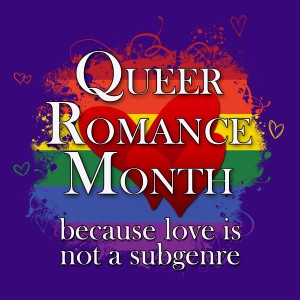
***FTC Disclaimer: Most books reviewed on this site have been provided free of charge by the publisher, author or publicist. Some books we have purchased with our own money or borrowed from a public library and will be noted as such. Any links to places to purchase books are provided as a convenience, and do not serve as an endorsement by this blog. All reviews are the true and honest opinion of the blogger reviewing the book. The method of acquiring the book does not have a bearing on the content of the review.
 Current Giveaways:
Current Giveaways: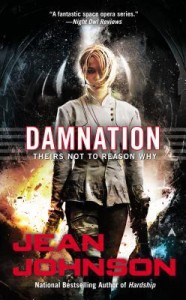 Blog Recap:
Blog Recap: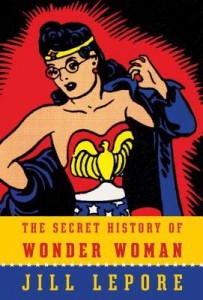 Coming Next Week:
Coming Next Week:








































 A couple of notes about this week’s stack; I also bought the
A couple of notes about this week’s stack; I also bought the 






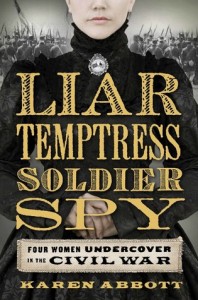

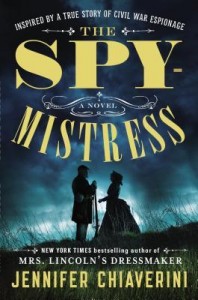 Elizabeth Van Lew was a Richmond abolitionist, but also a rich woman from a prominent family. She remained at her family home in Richmond throughout the War, spying assiduously for the Union. She often sent her dispatches north with escaped Union soldiers who she had helped free from the Richmond POW prisons. While her wartime services was recently fictionalized in The Spymistress (reviewed
Elizabeth Van Lew was a Richmond abolitionist, but also a rich woman from a prominent family. She remained at her family home in Richmond throughout the War, spying assiduously for the Union. She often sent her dispatches north with escaped Union soldiers who she had helped free from the Richmond POW prisons. While her wartime services was recently fictionalized in The Spymistress (reviewed 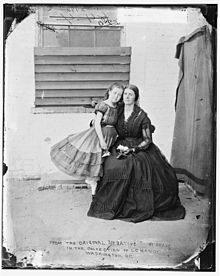 The picture of the war is also made much fuller by the account of Van Lew’s Confederate counterpart, Rose Greenhow. Greenhow was an ardent secessionist, but her family home was in Washington D.C. When the Union split, Rose saw her opportunity to use her knowledge of the insiders in Washington government to seduce and suborn as many high-ranking officials as possible, sending her dispatches south in the hands of young women and slaves. Her information was credited with helping the Confederacy win the first battle at Bull Run.
The picture of the war is also made much fuller by the account of Van Lew’s Confederate counterpart, Rose Greenhow. Greenhow was an ardent secessionist, but her family home was in Washington D.C. When the Union split, Rose saw her opportunity to use her knowledge of the insiders in Washington government to seduce and suborn as many high-ranking officials as possible, sending her dispatches south in the hands of young women and slaves. Her information was credited with helping the Confederacy win the first battle at Bull Run.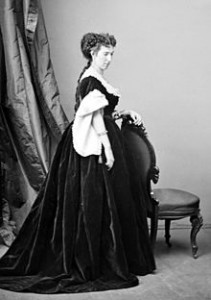 Belle Boyd is possibly the most infamous spy in the Civil War, to the point where Cherie Priest co-opted her identity for use in her Boneshaker series. But the real life Boyd was even more sensational than the fictional one. Boyd starts as a willful and completely uncooperative (and very young) woman in Martinsburg, Virginia. An ardent secessionist, she openly flirted and courted every Union officer who came within her orbit. Belle didn’t merely send dispatches, she also ran them herself. Martinsburg became part of the new state of West Virginia during the war, but she continued to spy on the Union.
Belle Boyd is possibly the most infamous spy in the Civil War, to the point where Cherie Priest co-opted her identity for use in her Boneshaker series. But the real life Boyd was even more sensational than the fictional one. Boyd starts as a willful and completely uncooperative (and very young) woman in Martinsburg, Virginia. An ardent secessionist, she openly flirted and courted every Union officer who came within her orbit. Belle didn’t merely send dispatches, she also ran them herself. Martinsburg became part of the new state of West Virginia during the war, but she continued to spy on the Union.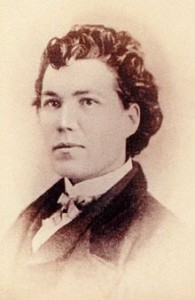 Last, but not least, Sarah Emma Edmonds serviced from 1861 until 1863 as Frank Thompson. Not, as the romantic literature often has it, because she was following a sweetheart, but simply as a way to escape her overbearing father. Because of her slight stature and small frame, she was frequently asked to spy on nearby Confederate regiments while dressed as a woman. It was a double disguise; a woman, pretending to be a man pretending to be a woman. It worked.
Last, but not least, Sarah Emma Edmonds serviced from 1861 until 1863 as Frank Thompson. Not, as the romantic literature often has it, because she was following a sweetheart, but simply as a way to escape her overbearing father. Because of her slight stature and small frame, she was frequently asked to spy on nearby Confederate regiments while dressed as a woman. It was a double disguise; a woman, pretending to be a man pretending to be a woman. It worked.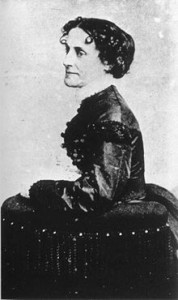 Reality Rating B+: I preferred this account of Van Lew’s life to the fictional one; while the outline was the same, this one felt like it contained less melodrama. In fiction, she came across as slightly wooden, but in a more factual account her achievements shone through.
Reality Rating B+: I preferred this account of Van Lew’s life to the fictional one; while the outline was the same, this one felt like it contained less melodrama. In fiction, she came across as slightly wooden, but in a more factual account her achievements shone through.






























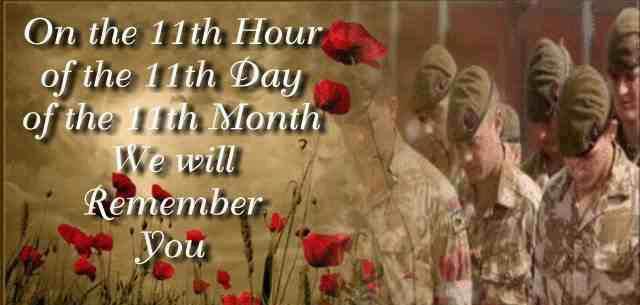
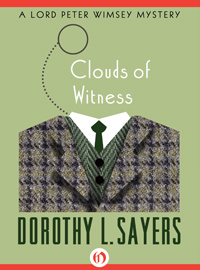
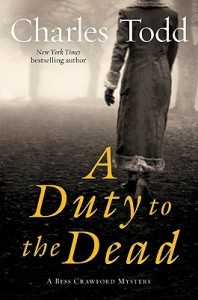
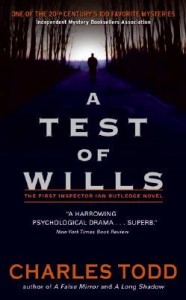
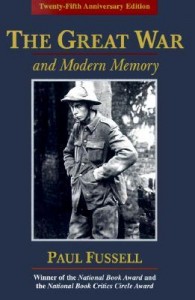
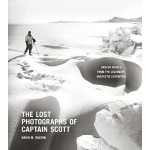
![603px-Herbert_Ponting_icebergs_Scott_Expadition[1]](https://www.readingreality.net/wp-content/uploads/2011/10/603px-Herbert_Ponting_icebergs_Scott_Expadition1.jpg)